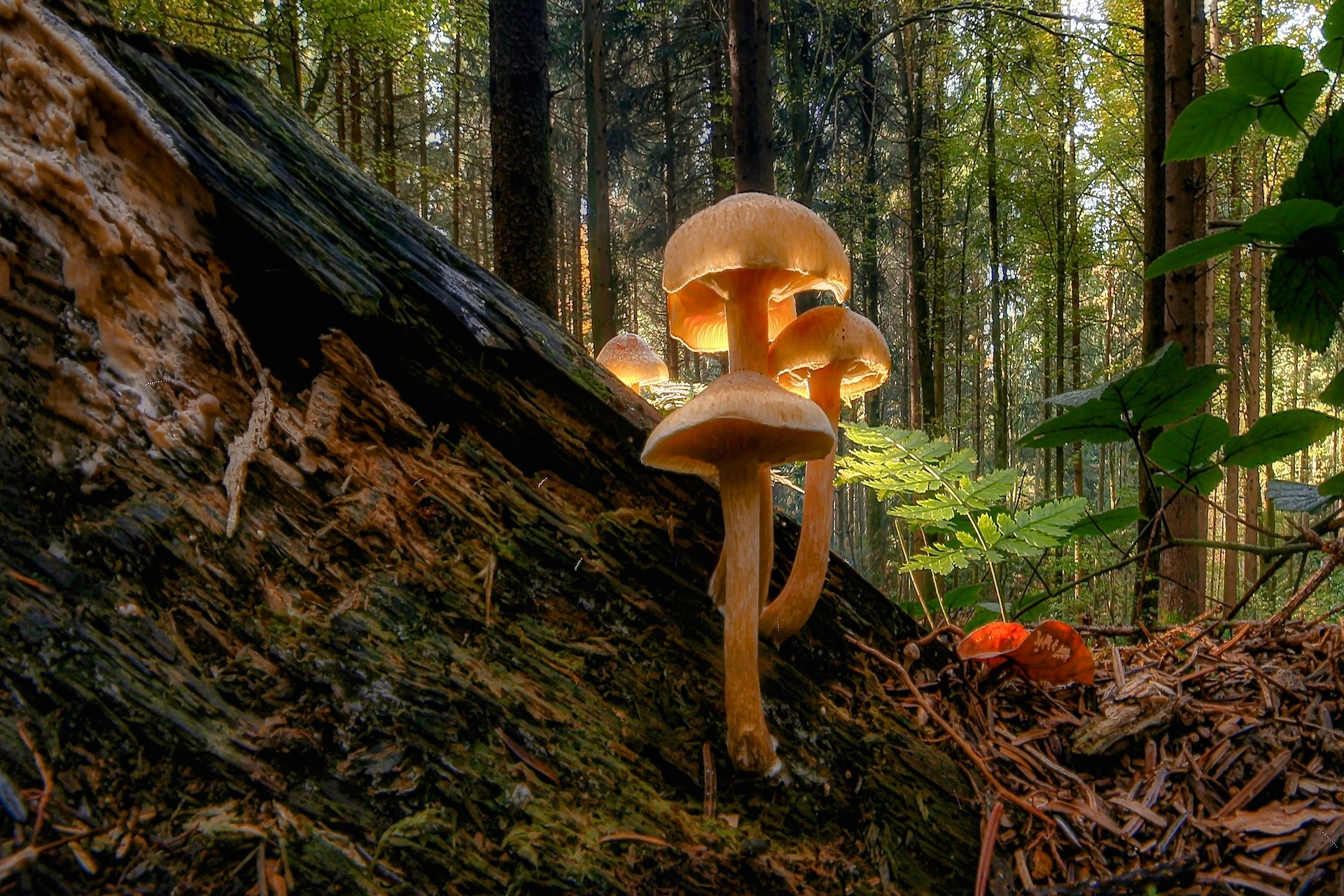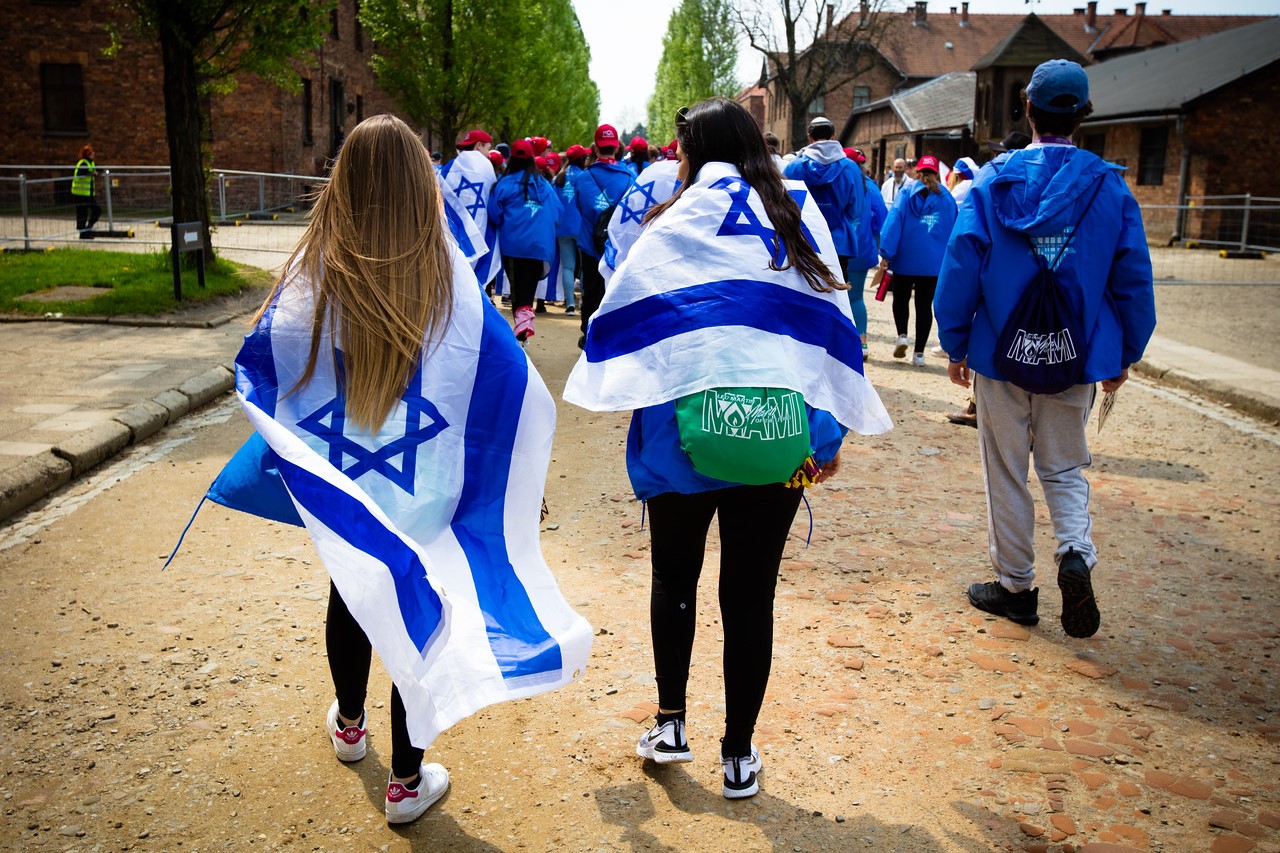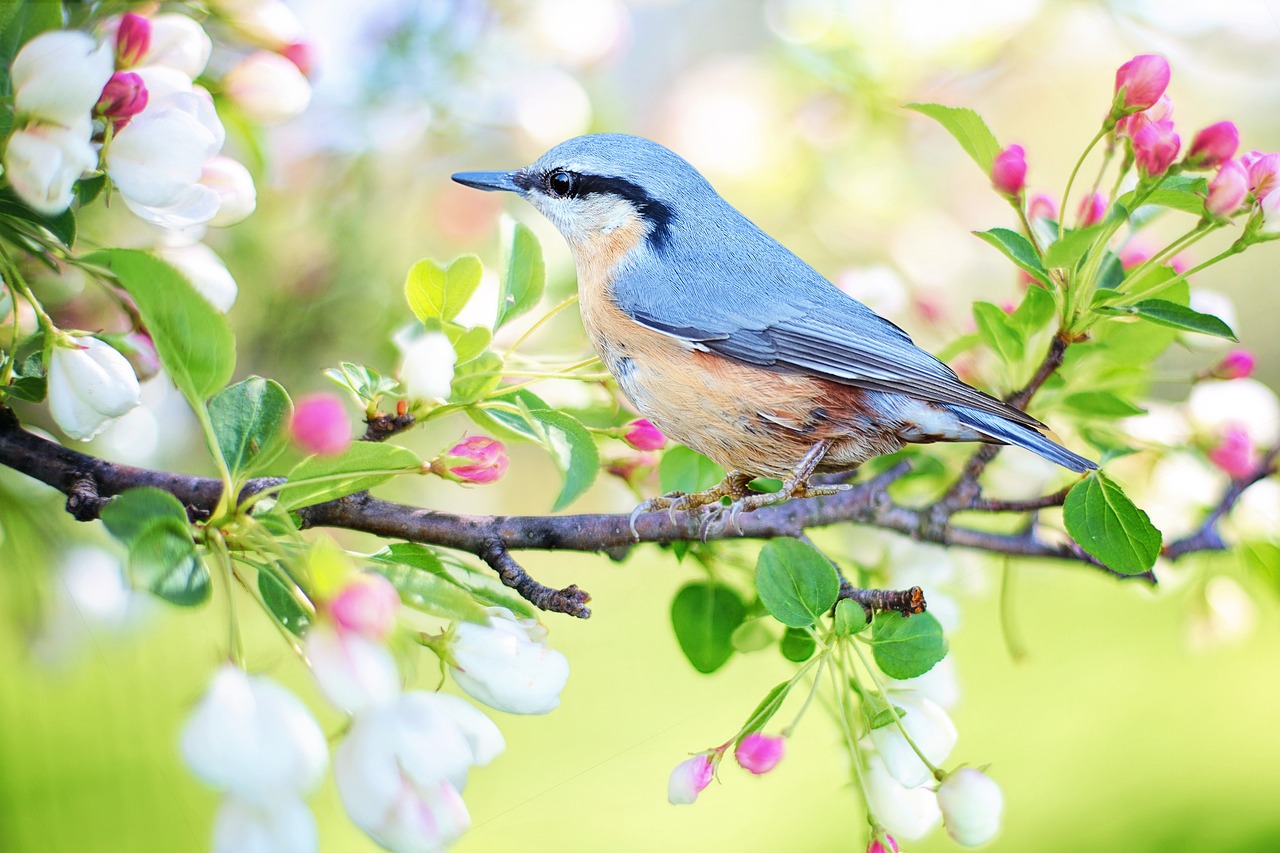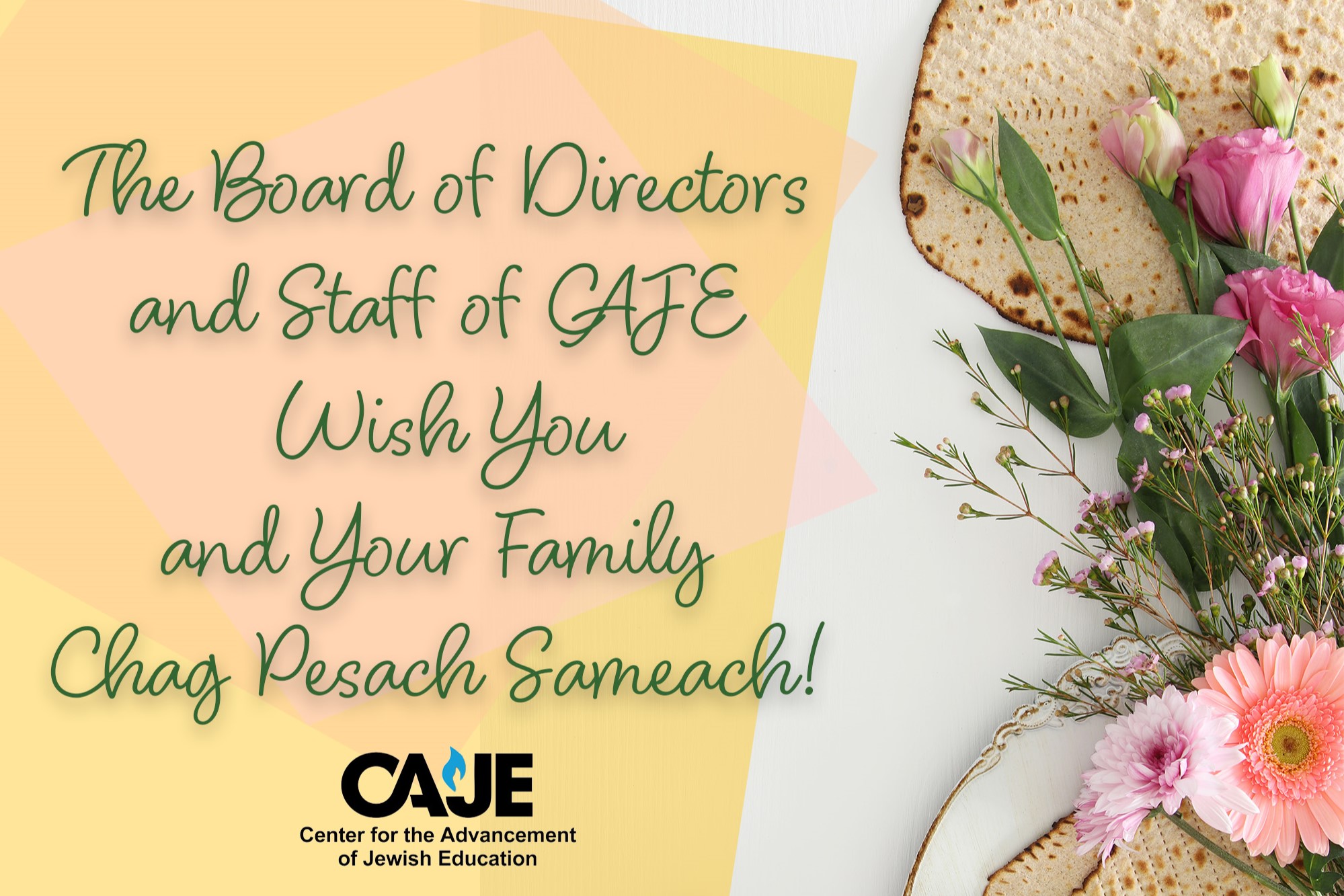Math and Fungus

This week’s Dvar Torah was lightly edited from one written by past Adult Learning faculty member and esteemed educational colleague David Abramowitz, Executive Director of the Jewish Leadership Institute.

Photo by hp koch on Unsplash
My lesson for the High Holidays is about math and fungus.
For the handful of you still reading this, I’ll start with math.
In an essay adapted from her book about teaching mathematics, Eugenia Cheng argues that we shouldn’t just learn the right answer. We should learn to question why that answer is right or how we got to it.
In different contexts, we get different outcomes. For example, 1+1 does equal two, but add one color of paint to another and you get a new color, not two. If you turn a piece of paper over and then add one more turn, you’re back where you started.
The essay reminded me of a party I went to in college. A guy I didn’t know asked me if I wanted him to prove that a square has four sides. (He was a graduate student in pure math.)
In my youthful small-mindedness, I thought it best to get away from squares.
I regularly think back to that story because now I understand that reality has many levels. There is always something hidden and meaningful - even in what is obvious.
Cheng expresses it this way: “Having different ways to think about something constitutes a deeper understanding of that thing.”
This is the essence of Rosh Hashanah and Yom Kippur.
Our job is to get a deeper understanding of “that thing” – and that thing is us. That thing is our lives.
The High Holidays are Judaism’s genius method of giving us a different way of thinking about ourselves.
Most of the time, we’re on autopilot. With everything that life throws at us, it has to be that way. So we see things only on a superficial level as we whizz by.
On Rosh Hashanah and Yom Kippur, we are called to look at life differently. We are encouraged to turn off the autopilot. We stop, think and analyze. We admit, regret and fix.
Instead of simply seeing the obvious square of our existence, we have to prove that the square really comprises the four sides of our lives.
By doing so, we might find that one of those sides isn’t who we are. It isn’t our deepest reality.
Only with that newfound understanding can we begin the process of change.
We all look at our phones to see the number of steps we’ve taken. Efficient, but missing something. All we get it the total result.
Our phone misses everything along the way. If we actually counted our steps ourselves as we walked, we might see a small part of nature’s beauty; a wrong we should have righted; pain we inflicted; a moment of joy; or love we should have expressed.
On Rosh Hashanah and Yom Kippur, we toss the phone and are actually present for the walk.
Seeing hidden things brings us to fungus.
According to scientists, forest trees communicate with each other. They nurture each other by sending nutrients to one another. If one is attacked by disease or insects, it sends chemical signals to other trees to shore up their defenses.
They do this though an unseen, underground network of fungi that connects to their roots.
Quite a metaphor for the other essence of the High Holidays – our connection to the Jewish People.
We can’t see it, but we know it’s there. It murmurs quietly but insistently within each of us.
The shofar is the ancient symbol of the Jewish People. When we listen to it, it connects us to the forest of Jewish history and meaning.
The shofar comes from the story of the Binding of Isaac. It was blown at Mount Sinai when we received the Torah. It announced the start of Shabbat and holidays during the days of the Temple.
It also ties us in real time to our people: When we hear the shofar’s blasts, every other Jew in the world is also hearing it.
At that moment, the shofar reminds us of the gift of Jewish Peoplehood. It is a gift like no other because so much of it is unseen. It confers upon us majesty and magic.
It ensures that we have a destiny. It makes us eternal.
When we hear the shofar, we re-discover the unseen.
The power of Jewish Peoplehood becomes real: we nurture each other and the Jewish People, and the Jewish People gives us strength and meaning.
When the shofar sounds, forest and tree are one.
Wishing you, Dear Reader, a Gmar Chatimah Tovah — may you be inscribed and sealed in the Book of Life for a year of health and happiness.
Shabbat Shalom




